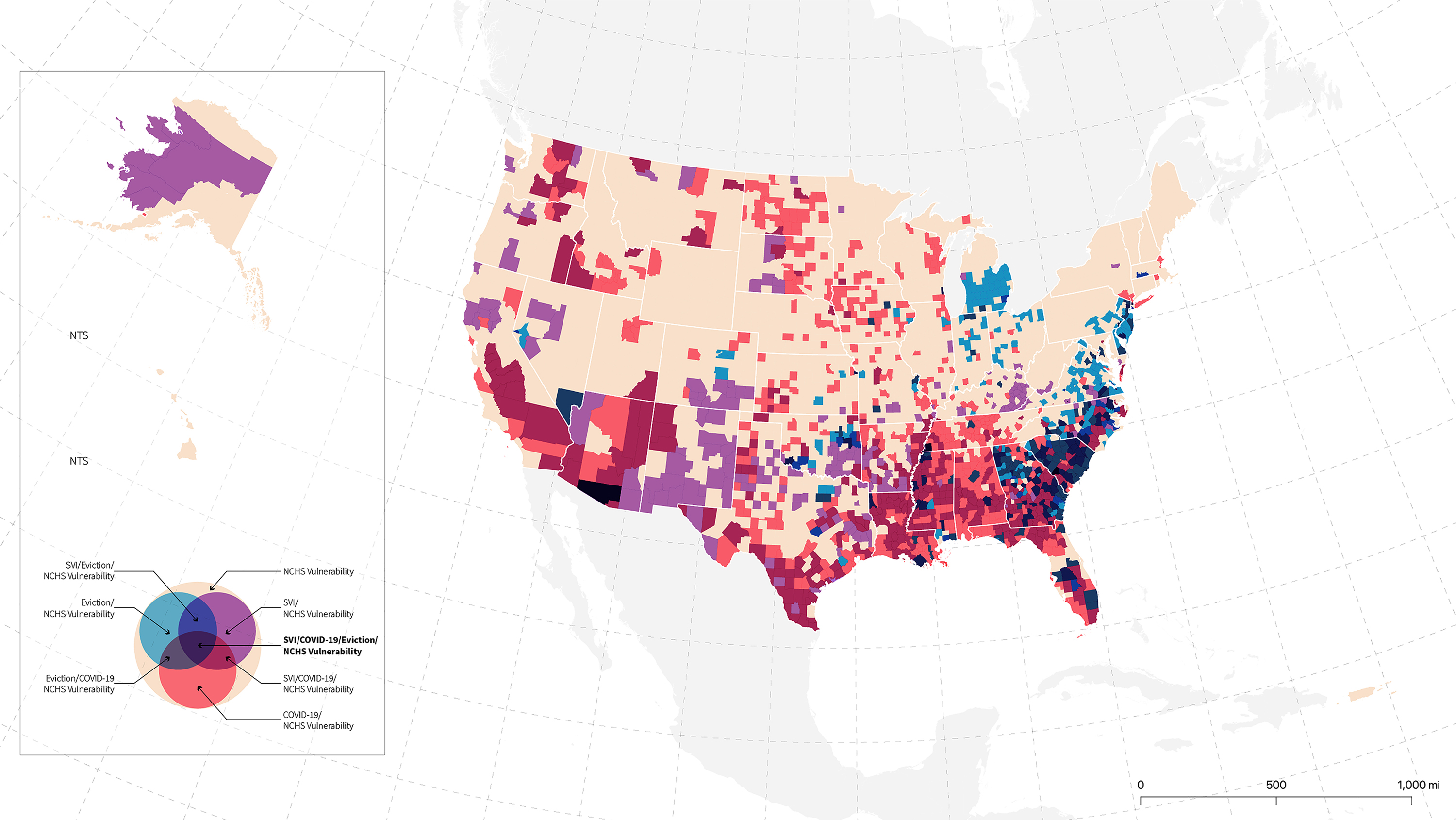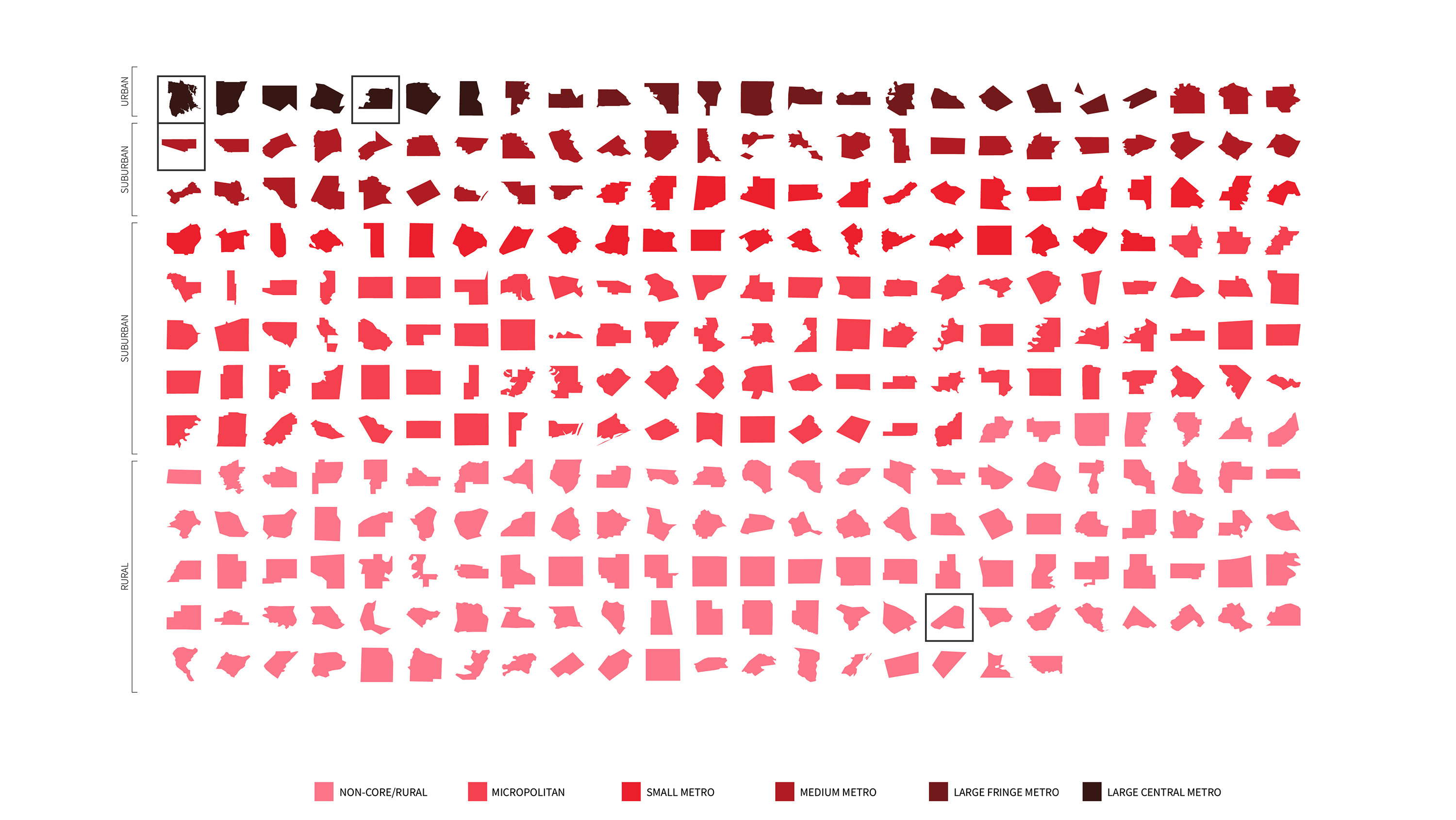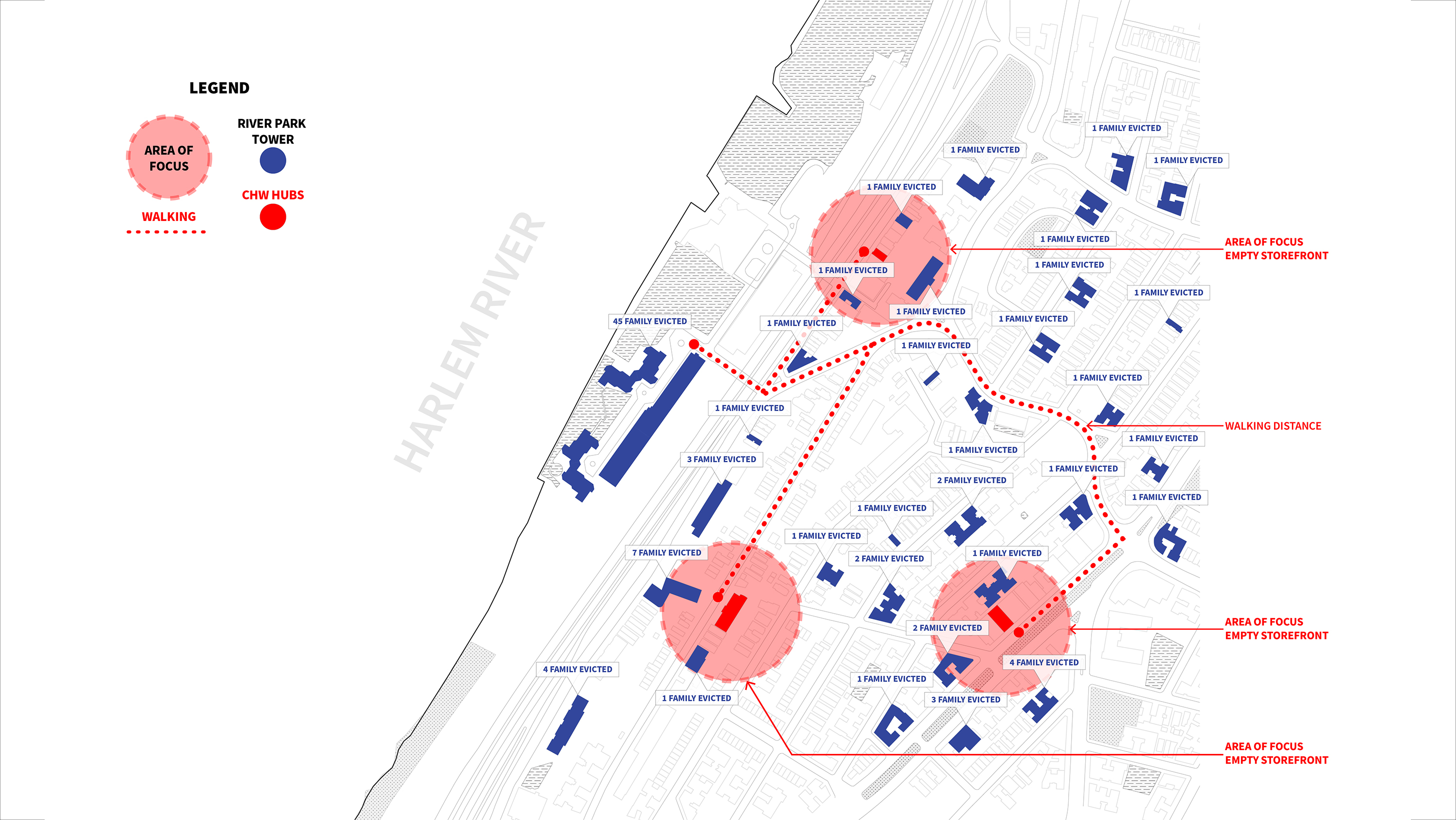by nelson de jesus ubri & sarah zamler
Staying Power is a toolkit of research and proposals aimed at fostering a network of care to prevent evictions and empower tenants who are in the process of being evicted. In the context of Staying Power, Alterity means recognizing that eviction processes create a sense of otherness and exclusion that affect a family financially, psychologically, and emotionally. It is a cruel process that alienates community members from their neighbors and creates tears in the fabric of a community.
Staying Power analyzes systems of eviction before and during the COVID-19 pandemic to identify points of intervention. Building on this research, we've developed a set of interconnecting proposals to address the eviction system at multiple leverage points in the Bronx:
● Existing Network & Community Health Workers
○ Activate a network of Community Health Workers to prevent evictions before they start.
● Community Health Worker Hub
○ Leveraging vacant spaces within the communities most in need to create new spaces for restorative resolution.
● Campaign Strategy
○ Increasing access to information to assist tenants that are confronted with evictions.
● Eviction Memory
○ Raise awareness of the risks of eviction by collecting the memories of families that have been affected and removed from their homes.
By addressing eviction at multiple points, this set of proposals aims to deconstruct the exploitative system of eviction and instate a network to better care for tenants. Staying Power relates to the duality of alterity: preventing an individual's othering while supporting a community’s ability to maintain their collective and unique identity.

Mapping Vulnerabilities
This map is the first layer in our research, which lays out the metric of vulnerability we used. It helped us understand how each of the most vulnerable counties is being affected.

Vulnerable Counties
We sorted the counties on a grid based on the NCHS Urban-Rural Classification Scheme for Counties. It was useful to see the range of places and scales that fit within our metric of vulnerability.

Ecosystem of Evictions
We propose leveraging vacant spaces within the communities most in need to create new Community Health Worker Hubs. Each is within walking distance to high eviction buildings and can also serve the surrounding community, which has a particularly high density of evictions.

Community Health Hubs
By utilizing the storefront typology in the community, the Hubs can be integrated into the neighborhood. They can be both a destination for someone looking for assistance as well as a space that people walking down the street can happen upon.



